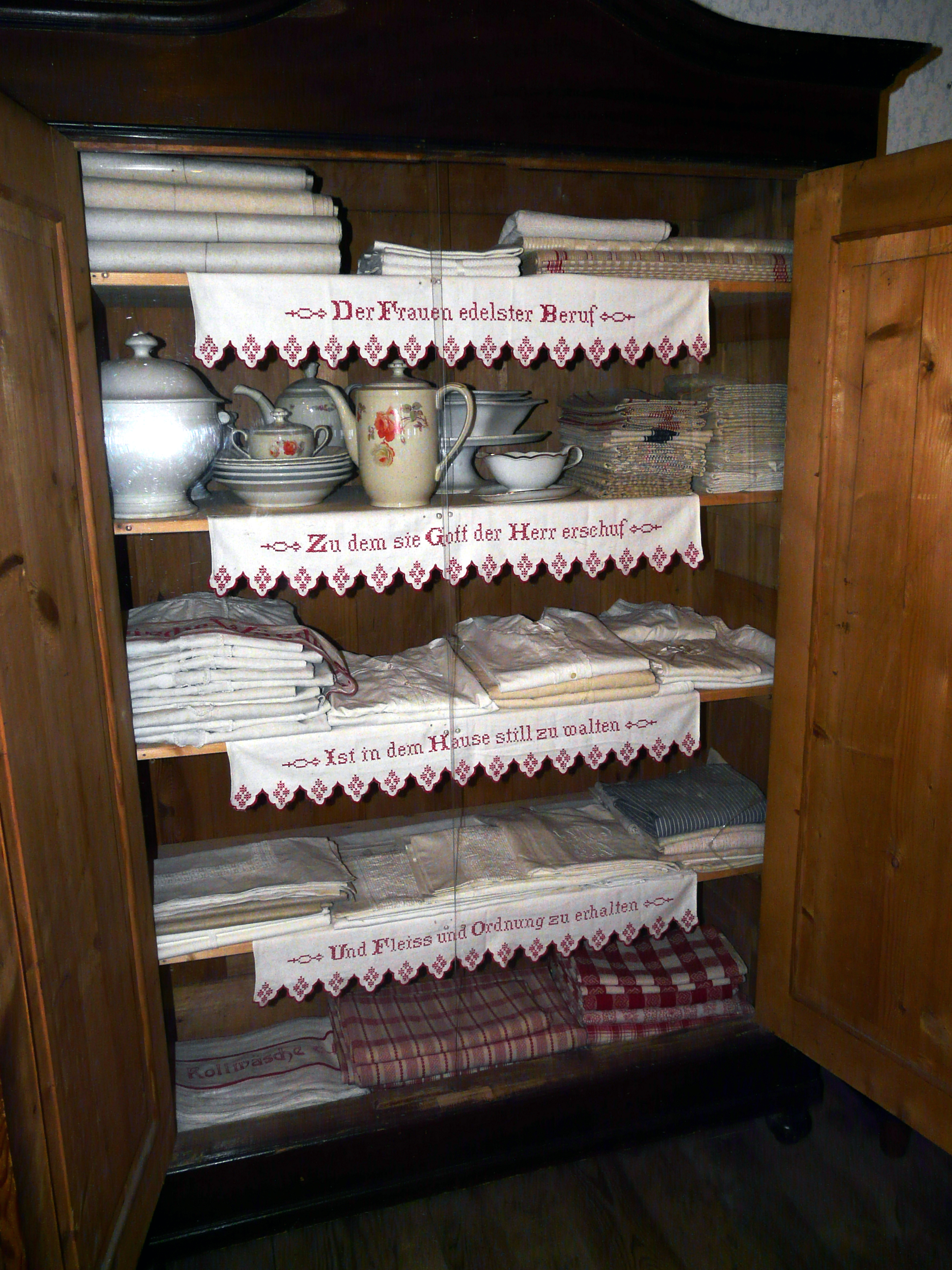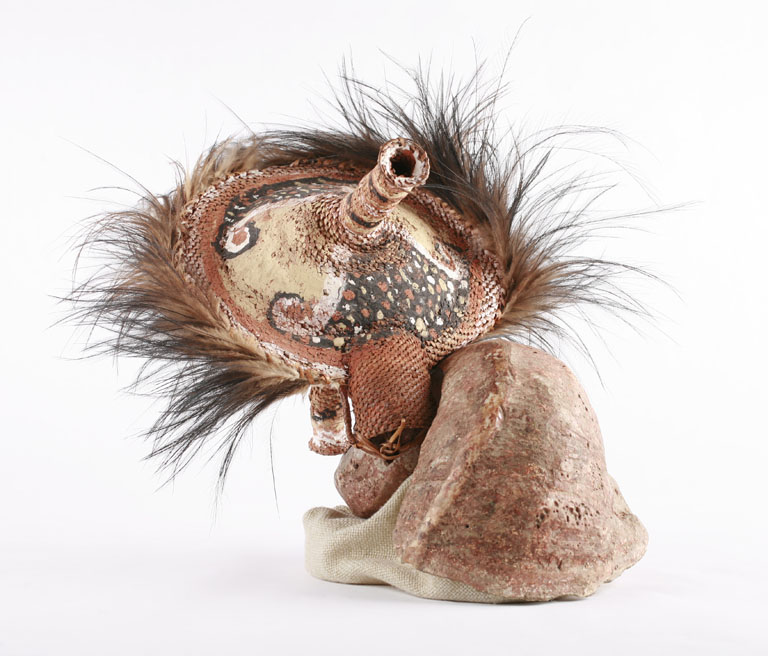|
Dowry
A dowry is a payment, such as property or money, paid by the bride's family to the groom or his family at the time of marriage. Dowry contrasts with the related concepts of bride price and dower. While bride price or bride service is a payment by the groom, or his family, to the bride, or her family, dowry is the wealth transferred from the bride, or her family, to the groom, or his family. Similarly, dower is the property settled on the bride herself, by the groom at the time of marriage, and which remains under her ownership and control. Dowry is an ancient custom that is already mentioned in some of the earliest writings, and its existence may well predate records of it. Dowries continue to be expected and demanded as a condition to accept a marriage proposal in some parts of the world, mainly in parts of Asia, The custom of dowry is most common in cultures that are strongly patrilineal and that expect women to reside with or near their husband's family (patrilocality). D ... [...More Info...] [...Related Items...] OR: [Wikipedia] [Google] [Baidu] |
Marriage
Marriage, also called matrimony or wedlock, is a culturally and often legally recognized union between people called spouses. It establishes rights and obligations between them, as well as between them and their children, and between them and their in-laws. It is considered a cultural universal, but the definition of marriage varies between cultures and religions, and over time. Typically, it is an institution in which interpersonal relationships, usually sexual, are acknowledged or sanctioned. In some cultures, marriage is recommended or considered to be compulsory before pursuing any sexual activity. A marriage ceremony is called a wedding. Individuals may marry for several reasons, including legal, social, libidinal, emotional, financial, spiritual, and religious purposes. Whom they marry may be influenced by gender, socially determined rules of incest, prescriptive marriage rules, parental choice, and individual desire. In some areas of the world, arranged ... [...More Info...] [...Related Items...] OR: [Wikipedia] [Google] [Baidu] |
Bride Price
Bride price, bride-dowry ( Mahr in Islam), bride-wealth, or bride token, is money, property Property is a system of rights that gives people legal control of valuable things, and also refers to the valuable things themselves. Depending on the nature of the property, an owner of property may have the right to consume, alter, share, r ..., or other form of wealth paid by a groom or his family to the woman or the family of the woman he will be married to or is just about to marry. Bride dowry is equivalent to dowry paid to the groom in some cultures, or used by the bride to help establish the new household, and dower, which is property settled on the bride herself by the groom at the time of marriage. Some cultures may practice both simultaneously. Many cultures practiced bride dowry prior to existing records. The tradition of giving bride dowry is practised in many Asia, Asian countries, the Middle East, Africa, parts of Africa and in Oceania, some Pacific Island societi ... [...More Info...] [...Related Items...] OR: [Wikipedia] [Google] [Baidu] |
Dower
Dower is a provision accorded traditionally by a husband or his family, to a wife for her support should she become widowed. It was settlement (law), settled on the bride (being gifted into trust instrument, trust) by agreement at the time of the wedding, or as provided by law. The dower grew out of the practice of bride price, which was given over to a bride's family well in advance for arranging the marriage, but during the early Middle Ages, was given directly to the bride instead. However, in popular parlance, the term may be used for a life interest in property settled by a husband on his wife at any time, not just at the wedding. The verb wikt:dower#Verb, ''to dower'' is sometimes used''.'' In popular usage, the term ''dower'' may be confused with: *A ''dowager'' is a widow (who may receive her dower). The term is especially used of a noble or royal widow who no longer occupies the position she held during the marriage. For example, Queen Elizabeth The Queen Mother, Quee ... [...More Info...] [...Related Items...] OR: [Wikipedia] [Google] [Baidu] |
Bride Service
Bride service has traditionally been portrayed in the anthropological literature as the service rendered by the bridegroom to a bride's family as a bride price or part of one (see dowry). Bride service and bride wealth models frame anthropological discussions of kinship in many regions of the world. Patterns Patterns of matrilocal post-marital residence, as well as the practice of temporary or prolonged bride service, have been widely reported for indigenous peoples of the Amazon basin. Among these people, bride service is frequently performed in conjunction with an interval of uxorilocal residence. The length of uxorilocal residence and the duration of bride service are contingent upon negotiations between the concerned parties, the outcome of which has been characterized as an enduring commitment or permanent debt. The power wielded by those who “give” wives over those who “take” them is also said to be a significant part of the political relationships in societies w ... [...More Info...] [...Related Items...] OR: [Wikipedia] [Google] [Baidu] |
Ester Boserup
Ester Boserup (18 May 1910 – 24 September 1999) was a Danish economist. She studied economic and agricultural development, worked at the United Nations as well as other international organizations, and wrote seminal books on agrarian change and the role of women in development. Boserup is known for her theory of agricultural intensification, also known as Boserup's theory, which posits that population change drives the intensity of agricultural production. Her position countered the Malthusian theory that agricultural methods determine population via limits on food supply. Her best-known book on this subject, ''The Conditions of Agricultural Growth,'' presents a "dynamic analysis embracing all types of primitive agriculture." (Boserup, E. 1965. p 13) A major point of her book is that " necessity is the mother of invention". Her other major work, ''Woman's Role in Economic Development'', explored the allocation of tasks between men and women, and inaugurated decades of subse ... [...More Info...] [...Related Items...] OR: [Wikipedia] [Google] [Baidu] |
Hoe-farming Hoe-farming is a term introduced (as german: Hackbau; as opposed to ''Ackerbau'') by Eduard Hahn in 1910 to collectively refer to primitive forms of agriculture, defined by the absence of the plough. Tillage in hoe-farming cultures is done by simple manual tools such as digging sticks or hoes. Hoe-farming is the earliest form of agriculture practiced in the Neolithic Revolution. Early forms of the plough ('' ard'') were introduced throughout the Near East ( Naqada II) and Europe (Linear Pottery culture) by the 5th to 4th millennium BC. The invention spread throughout Greater Persia and parts of Central Asia, reaching East Asia in the 2nd millennium BC ( Chinese Bronz |



